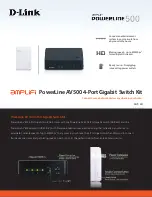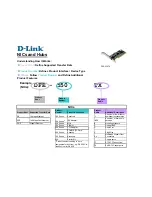
Description
Variable
Specifies the IP address and subnet mask of the default gateway.
DEFAULT_GATEWAY
Scheduled Reload of the Software Image
You can schedule a reload of the software image to occur on the device at a later time (for example, late at
night or during the weekend when the device is used less), or you can synchronize a reload network-wide (for
example, to perform a software upgrade on all device in the network).
A scheduled reload must take place within approximately 24 days.
Note
You have these reload options:
• Reload of the software to take affect in the specified minutes or hours and minutes. The reload must take
place within approximately 24 hours. You can specify the reason for the reload in a string up to 255
characters in length.
• Reload of the software to take place at the specified time (using a 24-hour clock). If you specify the
month and day, the reload is scheduled to take place at the specified time and date. If you do not specify
the month and day, the reload takes place at the specified time on the current day (if the specified time
is later than the current time) or on the next day (if the specified time is earlier than the current time).
Specifying 00:00 schedules the reload for midnight.
The
reload
command halts the system. If the system is not set to manually boot up, it reboots itself.
If your device is configured for manual booting, do not reload it from a virtual terminal. This restriction
prevents the device from entering the boot loader mode and then taking it from the remote user’s control.
If you modify your configuration file, the device prompts you to save the configuration before reloading.
During the save operation, the system requests whether you want to proceed with the save if the CONFIG_FILE
environment variable points to a startup configuration file that no longer exists. If you proceed in this situation,
the system enters setup mode upon reload.
To cancel a previously scheduled reload, use the
reload cancel
privileged EXEC command.
How to Perform Device Setup Configuration
Using DHCP to download a new image and a new configuration to a device requires that you configure at
least two devices. One device acts as a DHCP and TFTP server and the second device (client) is configured
to download either a new configuration file or a new configuration file and a new image file.
Configuring DHCP Autoconfiguration (Only Configuration File)
This task describes how to configure DHCP autoconfiguration of the TFTP and DHCP settings on an existing
device in the network so that it can support the autoconfiguration of a new device.
System Management Configuration Guide, Cisco IOS XE Fuji 16.8.x (Catalyst 9500 Switches)
59
Performing Device Setup Configuration
Scheduled Reload of the Software Image
















































